Day 9 - Quito
Quito is the capital of Ecuador and is situated at 9350 feet on a plateau surrounded by volcanoes. Almost immediately we sensed a difference from Peru. To begin with, Ecuador is a much smaller country than Peru - it is about the size of Nevada, making it one of the smaller (but not smallest) South American countries. Also, whereas the Incan influence in Peru was pervasive, in Ecuador, it is much less of a factor. This is not really surprising since for the Ecuadorians, the Incas were conquering invaders little different from the Spanish. Add to that contentious land disputes with Peru that lasted to as recently as 1995, and it is clear that Ecuador is not an extension of Peru.
Falling within the so-called Pacific Ring of Fire, Quito is an area with lots of seismic activity. In fact, after we arrived at our hotel and went to bed, we felt a tremor as the bed and floor shook at around 10pm. The next morning this was confirmed as a tremor, and we were told that such events happen hundreds of times per year - interesting place to build a city.
We began the day by riding from our hotel to Ichimba Park and its Crystal Palace located high above the city to walk around and gain some perspective.
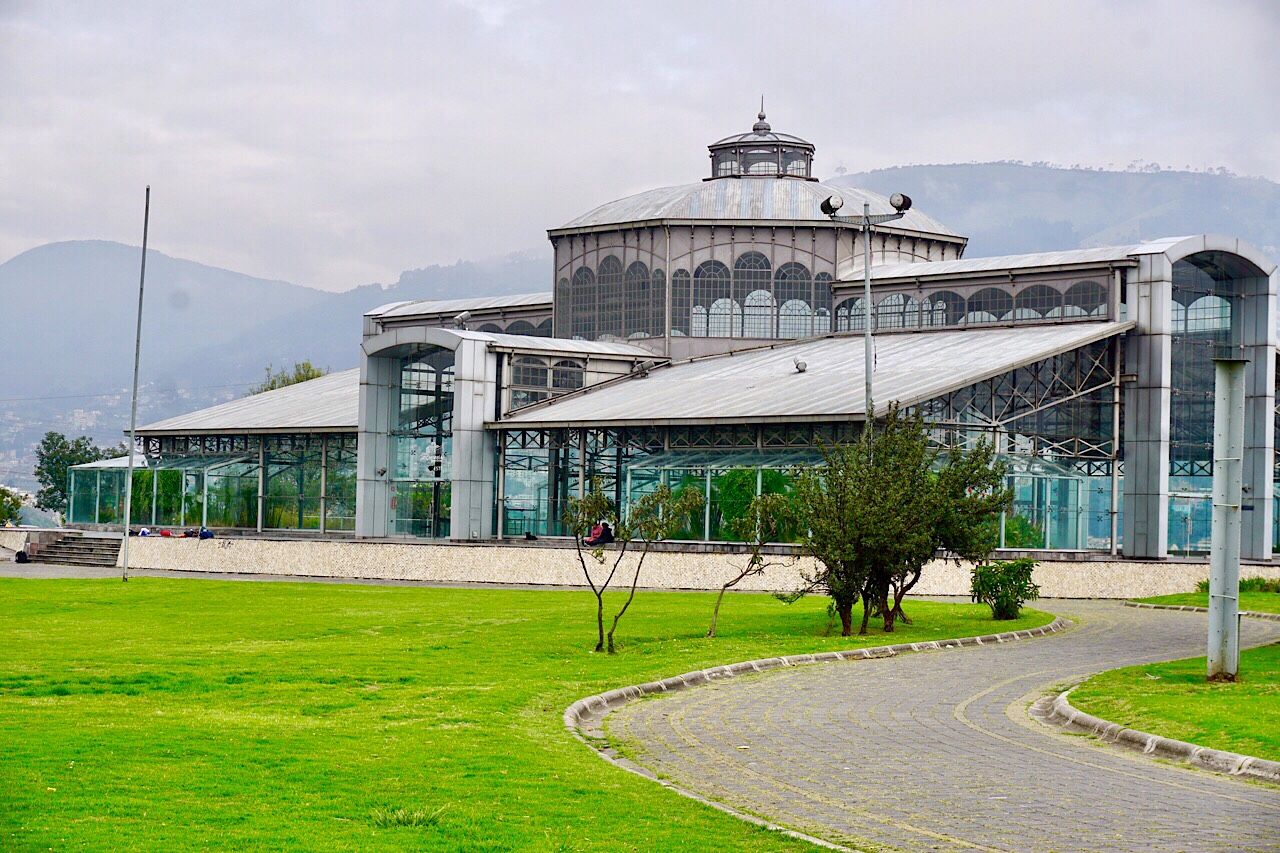

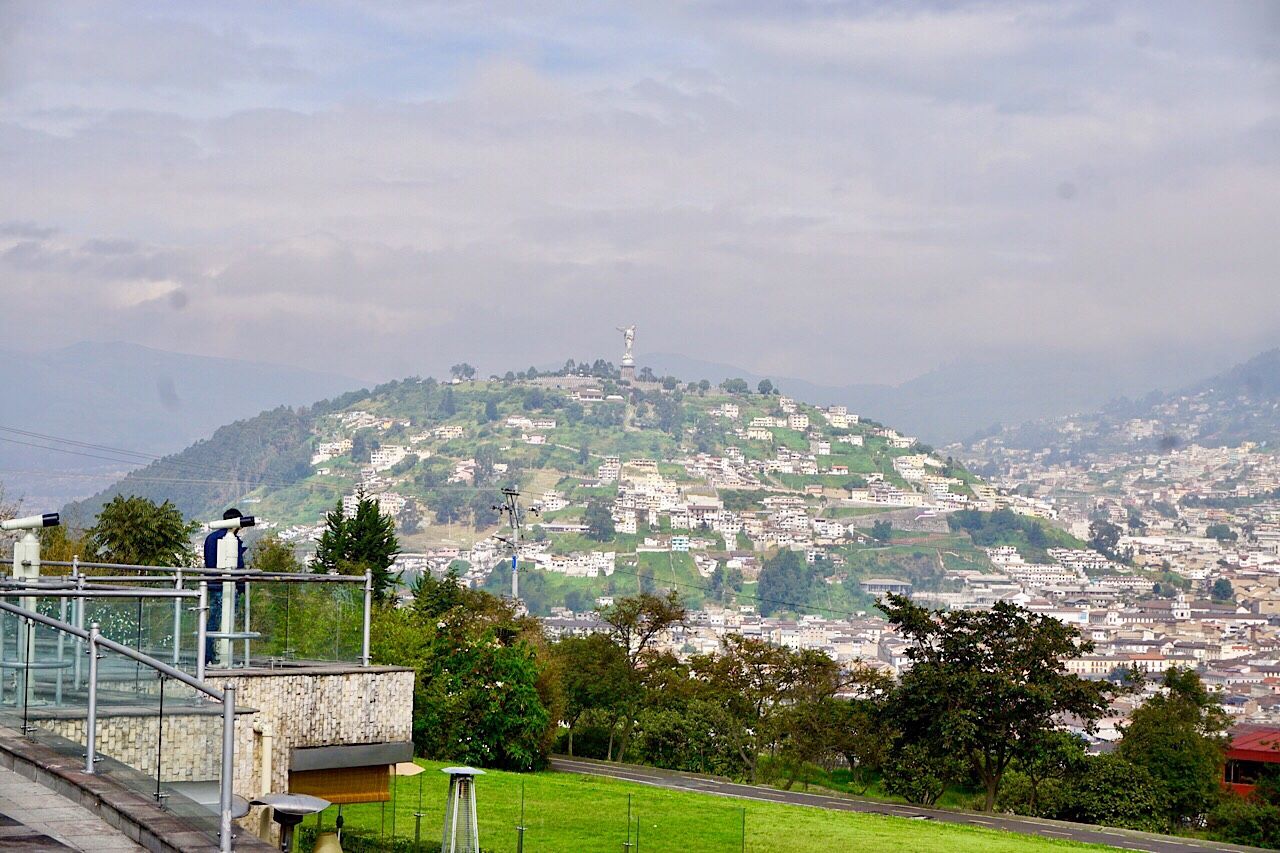
We then headed down into the old city to walk some more and explore the sights. The old city is a charming, well maintained area dominated by government buildings, boutique hotels, churches, and museums.

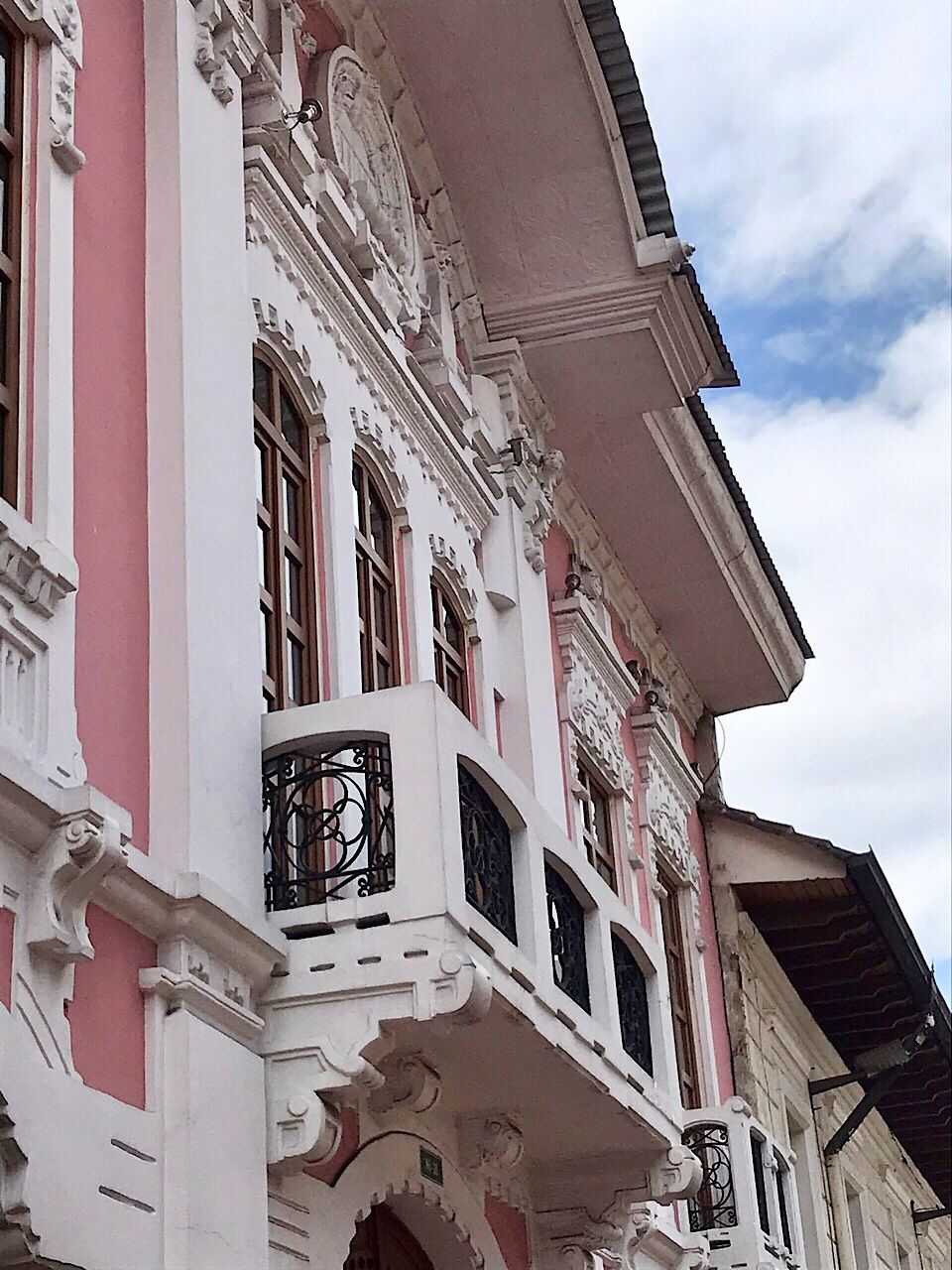

In the center is the lovely Plaza de la Independencia, the central town square surrounded by the Presidential Palace, City Hall, and other buildings. As we approached we heard music playing and were excited to see the presidential band giving a concert on the steps of the cathedral. There was a good crowd enjoying the music and lots of street vendors. The music was not at all typical marches but instead brass band Latin American style. Latin percussion and syncopation, lots of Spanish tunes, and lots of fun.
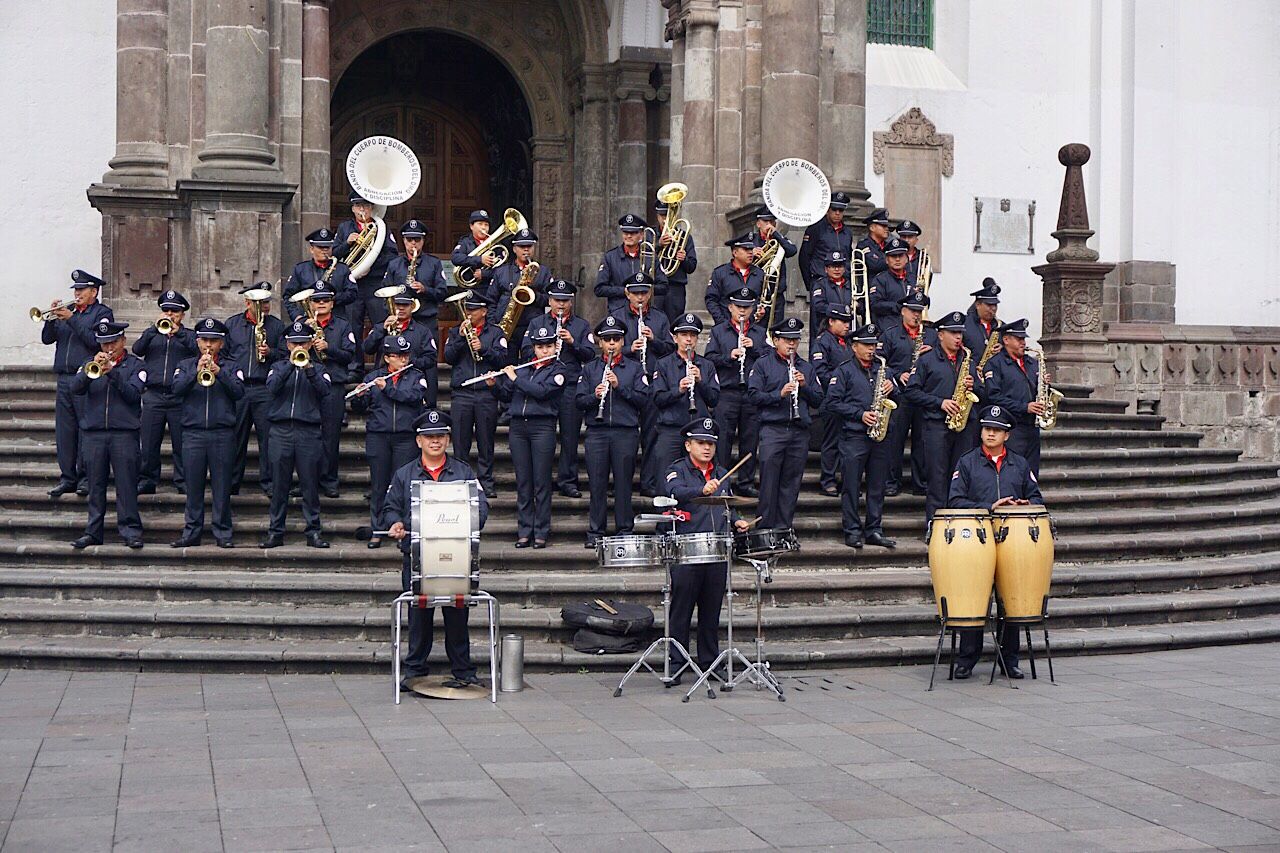
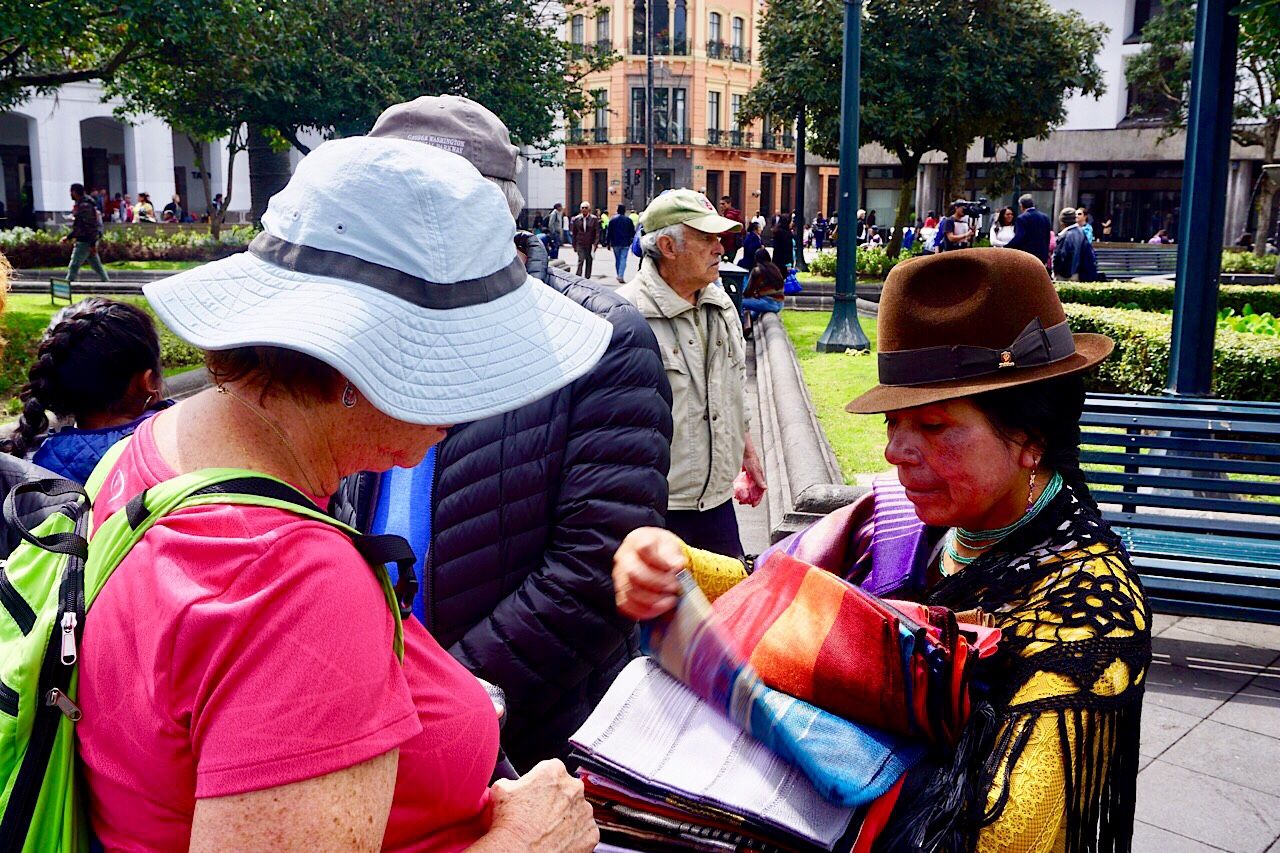
We continued through the old town to La Compañia, an extremely ornate and opulent Jesuit church, gilded in as much as seven tons of gold and silver (no photos allowed). We also worked our way across another large plaza to San Francisco Monastery, the oldest church in Ecuador.

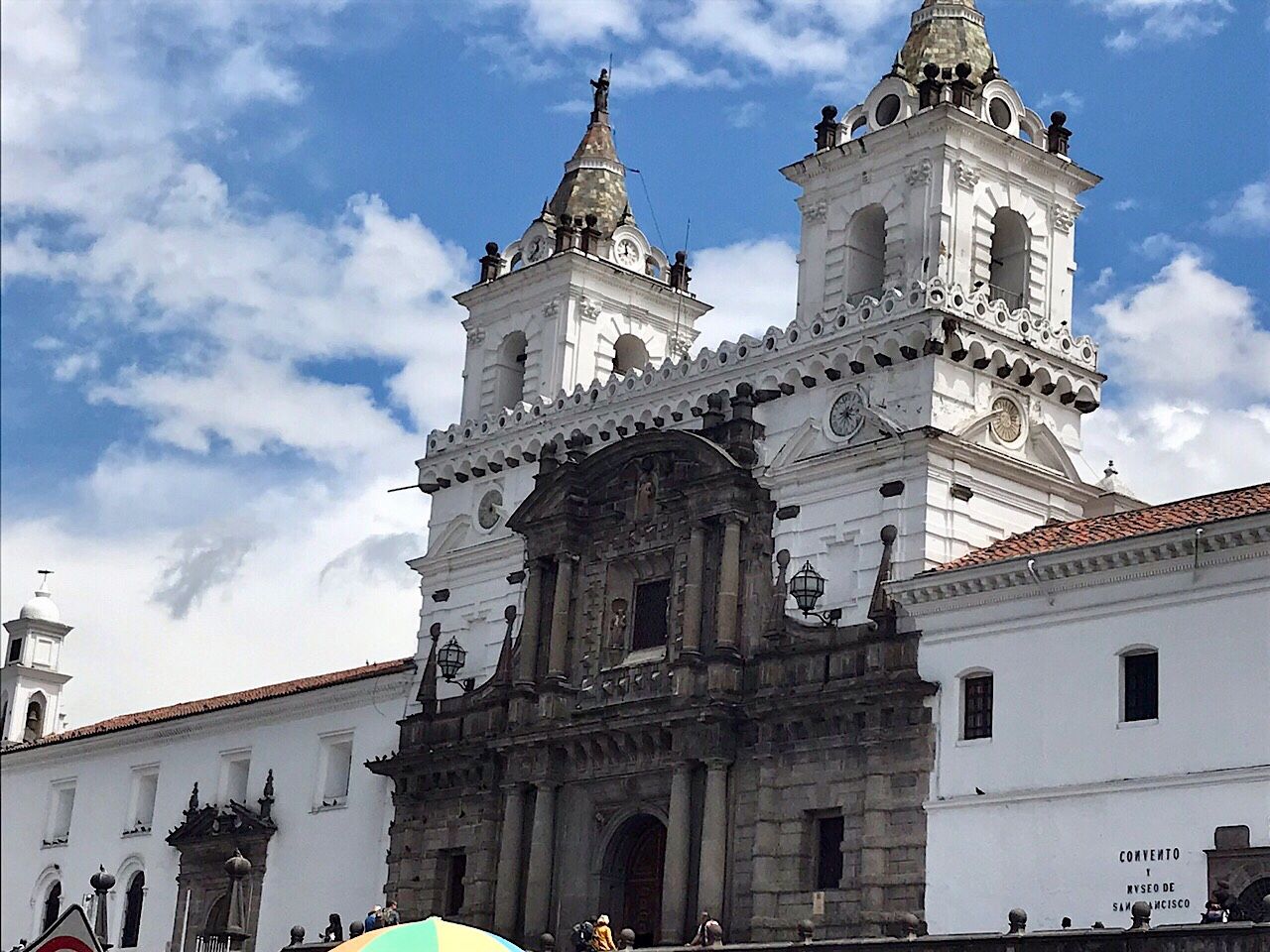
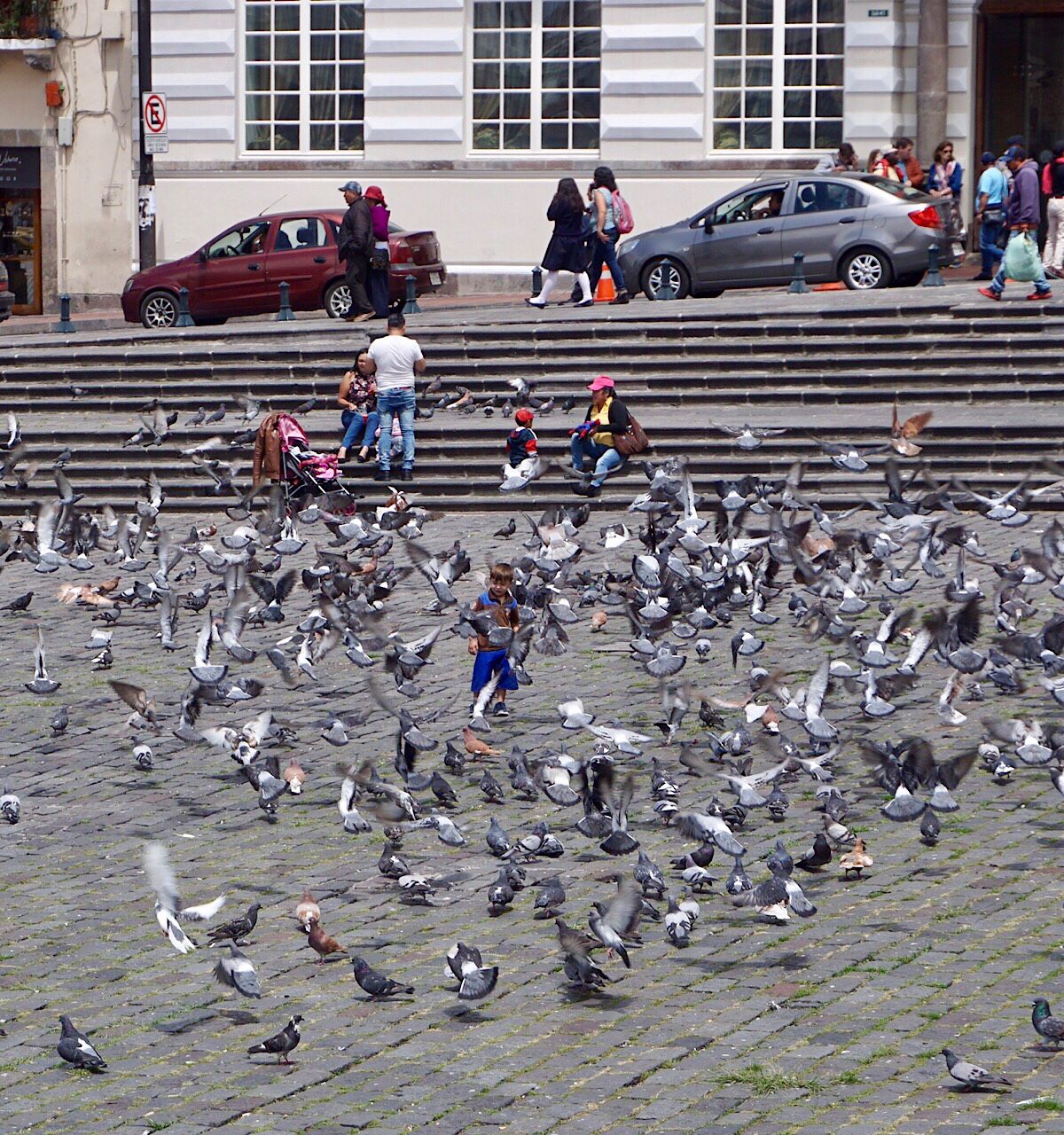
From here, we boarded our bus and traveled an hour south of Quito first stopping for lunch at a restaurant called El Crater, built on the rim of a volcano and then heading to the middle world, 0° 00’ 00", otherwise known as the equator.
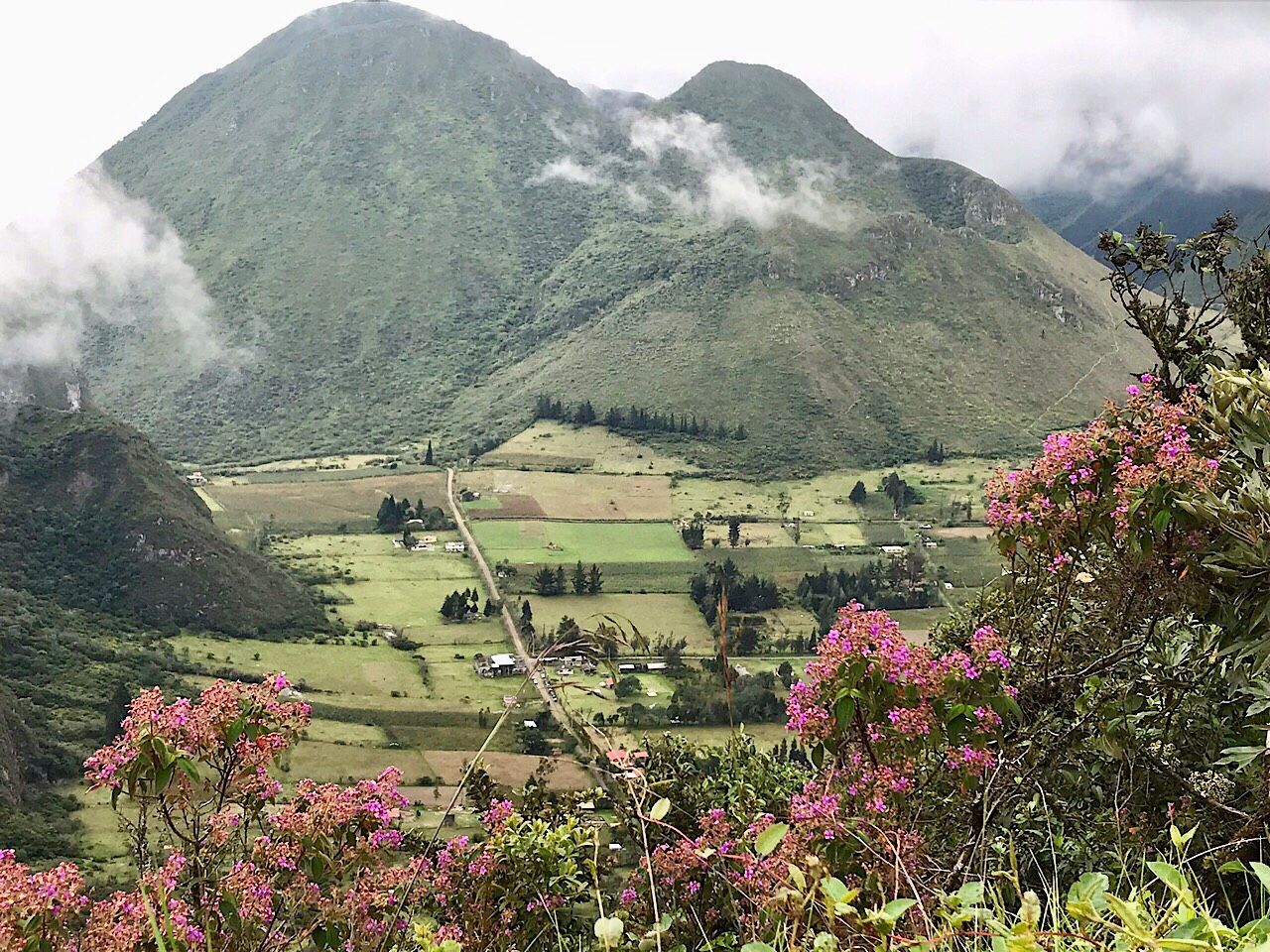
At this exact coordinate is the Intiñan Solar Museum, where we learned about some interesting peculiarities regarding the equator, as well as learning about cacao and chocolate production and processing (a major Ecuadorian industry), and even a demonstration of how the rain forest tribes shrunk heads! Did you know that at the equator water does not circle the drain. It goes straight down, whereas a few feet north it circles clockwise and a few feet south counter clockwise, as demonstrated to us.
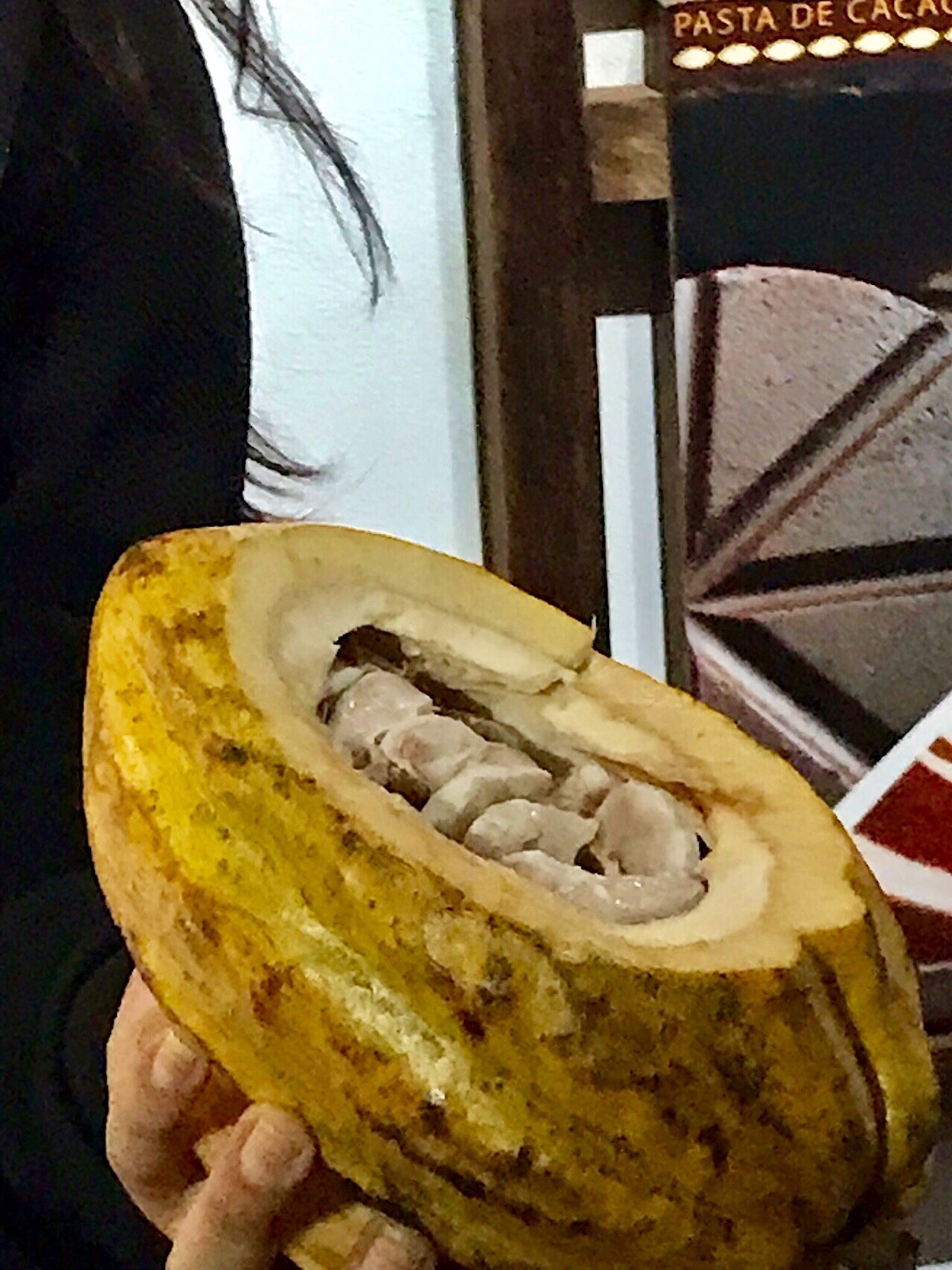

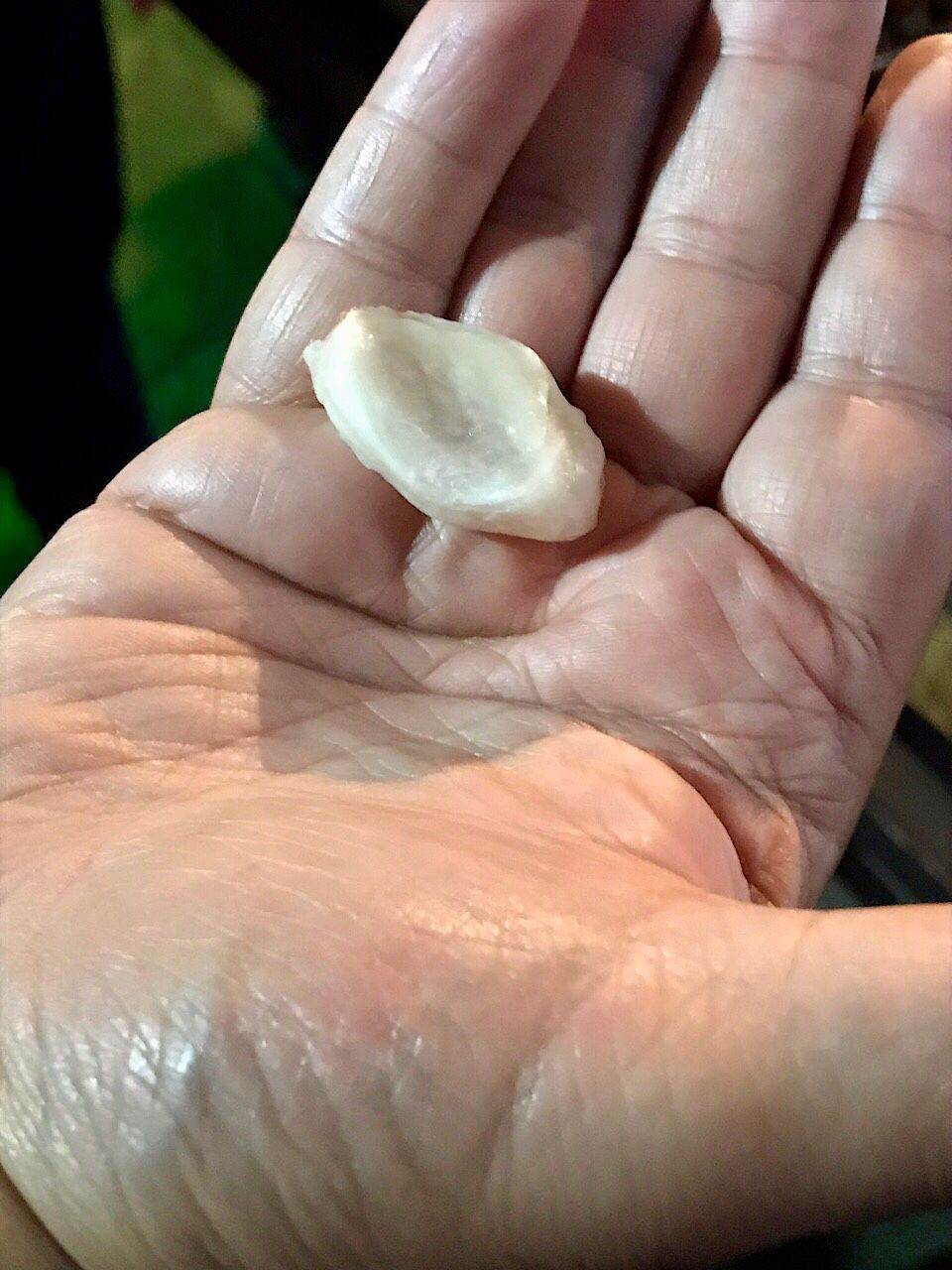

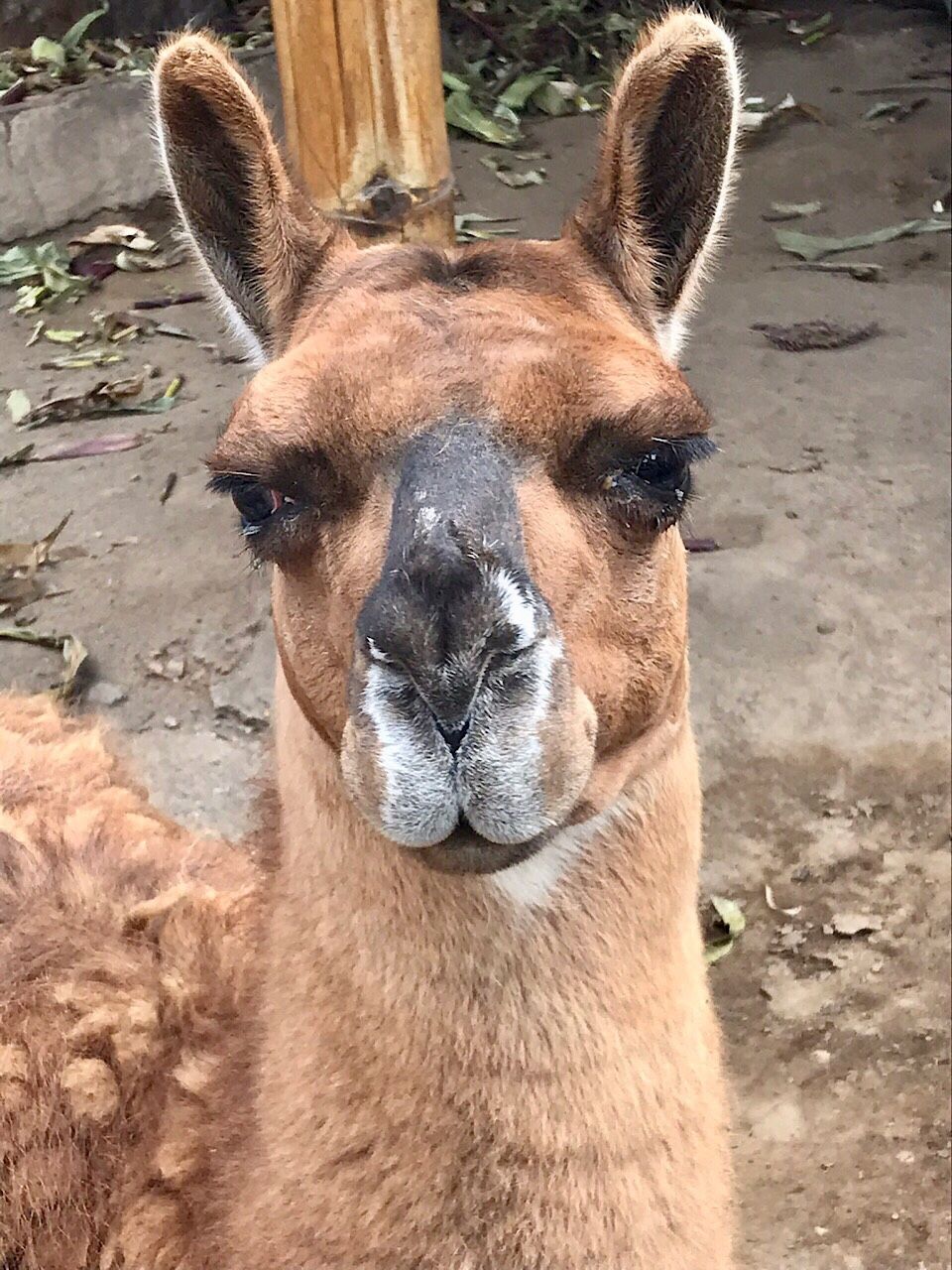
After spending an hour or so at the museum, we boarded our bus for the trip back to our hotel, had a simple dinner, and went to bed early to awaken at 4am to fly to the next major stop on our trip, the Galápagos Islands.


comments powered by Disqus